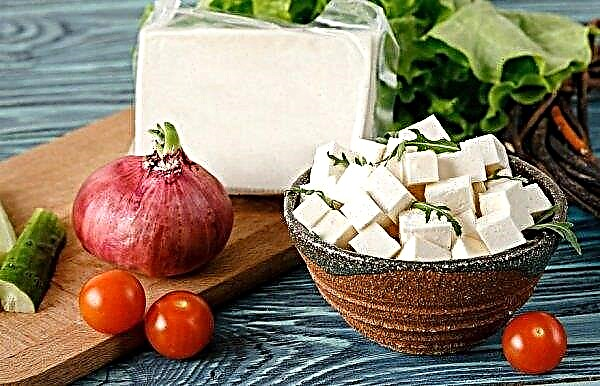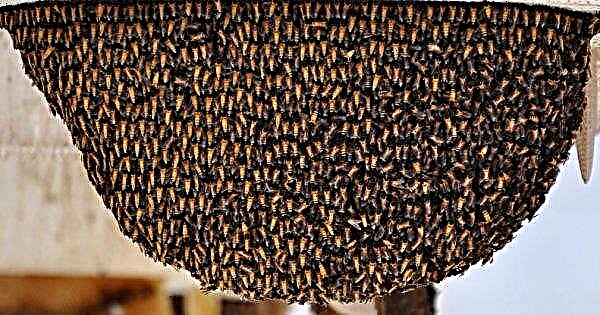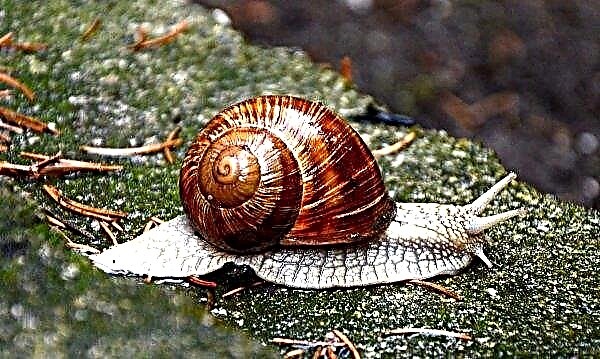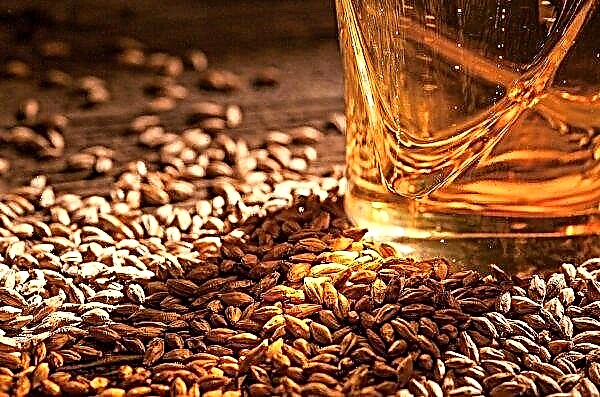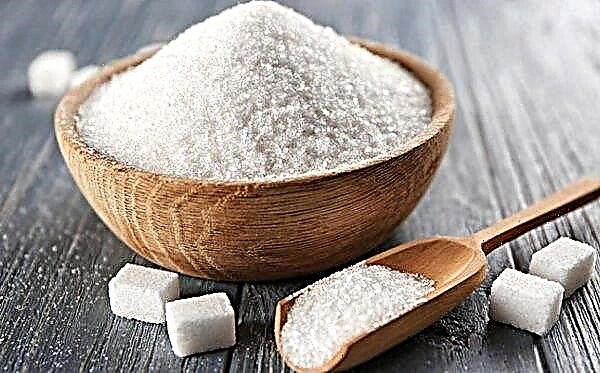Potato dishes are common throughout the world and occupy one of the most important places in the daily diet. Some additional procedures will be required, one of which is the vernalization of root crops.
Vernalization - This is a method of preparing planting material for planting, contributing to the early germination of tubers, as well as preventing the infection of potatoes with various infectious diseases. This agrotechnical procedure is extremely simple, it will be carried out by both an experienced gardener and a beginner.
The variety "Sineglazka" widespread in Russia is called differently - "Hannibal." And it is named after the ancestor of Alexander Pushkin, who was one of the first breeders in Russia.
Preparing tubers for planting
Before planting potatoes in open ground, you should inspect the planting material. Well, if it was stored from last year's harvest in a cool room.

Inspection is carried out in any convenient way, an important condition for this is to check each tuber and assess its condition. Rotten, poorly sprouted specimens must be discarded. Potatoes should also be calibrated. Even medium sized tubers are suitable for planting.
Dates of the vernalization procedure
On average, you should start the procedure a month before the start of planting. In moderate mid-latitudes, potatoes are planted in April, which means that spring vernalization should be carried out in the second half of March. In the southern regions, where garden work is started earlier, from the end of March, vernalization has been carried out since the end of winter. In the north, this procedure must begin by the end of April.
It is believed that potato planting should be carried out when the soil at a depth of half a meter warms up to 7 ° C.
Dry vernalization
This method assumes that the potato is almost always dry, and only periodically sprayed in order to prevent the propagation of fungi. For spraying, planting material is laid out on the floor in a bright and warm room.

The procedure is as follows: on the oilcloth on the heated floor, lay the potatoes in 1 layer and spray them with water spray once a day, after which they turn over several times a day. The room where the tubers are sprouting should be regularly ventilated and air stagnation should be avoided.
In fact, the fruit of a potato is not a tuber, but a small green berry that is extremely toxic. A tuber is a side thickened shoot.
Wet vernalization
This method requires materials such as peat, sand, sawdust and perlite. Wet vernalization is carried out in boxes, the bottom of which is covered with paper, then the substrate is laid, and then the tubers, interlaced with one of the above materials. Boxes are kept at a temperature of about 15 ° C. 3-4 days after placing the root crops in the tank, you can feed with a solution of complex fertilizer.

Moreover, each of the substances for the vernalization process has its own characteristics:
- Peat. Since the land containing peat has a pronounced acid reaction, it is necessary to mix it with ash. Excessive moisture should also be avoided, since such a substrate dries for a long time.
- Sand. When it is used, air does not get well into the tubers, so there is a likelihood of decay or infection with fungal infections.
- Sawdust. It is strictly forbidden to use oak sawdust. There is a chance of infection with fungal infections. It is also impossible to moisten excessively, this can lead to rot of planting material.
- Perlite. The use of this material is optimal for vernalization, since it does not lead to decay or infection.
Combined vernalization
This method combines dry and wet vernalization carried out alternately. To begin with, potatoes are kept for several weeks in a bright, warm place, moisturizing and turning over daily. After this, the tubers are placed in boxes in a moist substrate. The second stage takes approximately 3 weeks.

After vernalization, good fleshy sprouts form on the planting material. Immediately after the second stage, it is recommended to plant potatoes in open ground.
Of course, without this agrotechnical procedure, you can easily do without, but this will negatively affect the yield of potatoes, since seedlings will have to wait long enough. Experienced farmers noticed that competently carried out vernalization significantly increases productivity - up to 40%, and also accelerates the process of ripening of root crops.
The advantages of this method are its ease and low cost.

